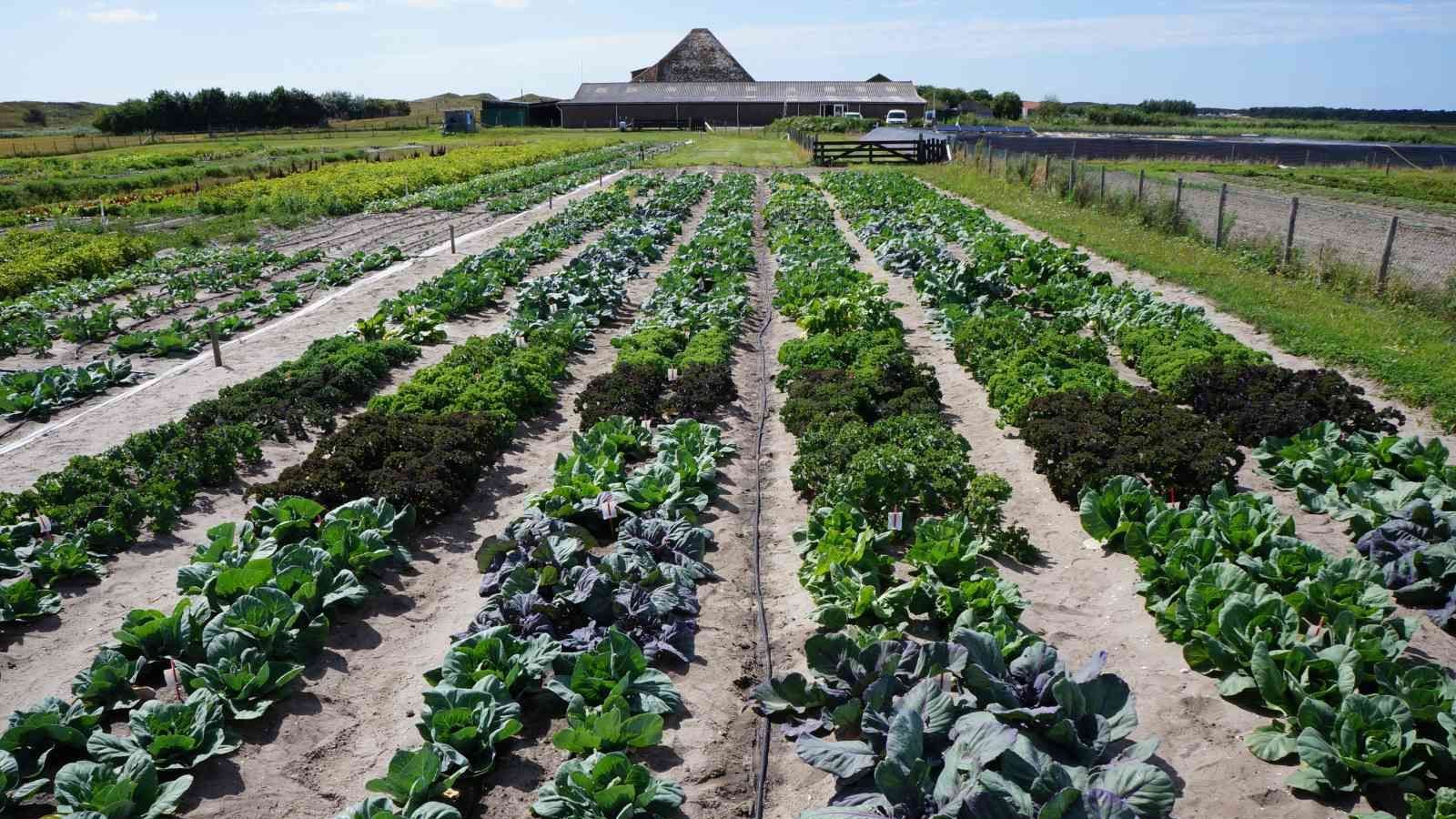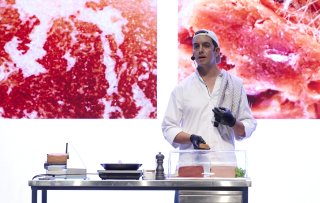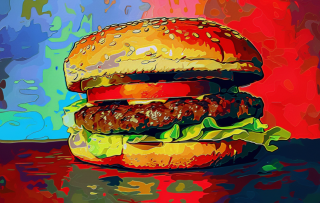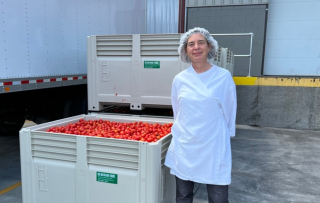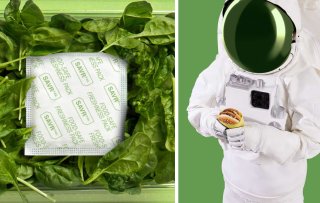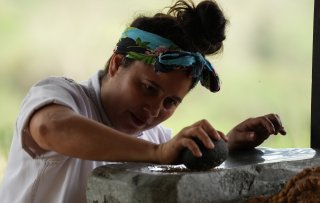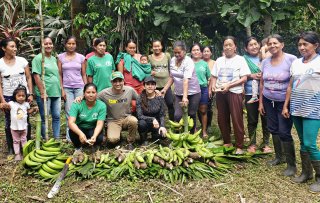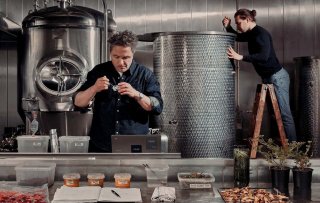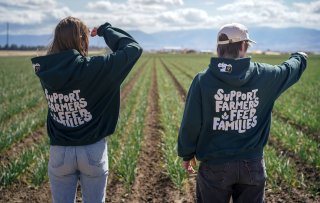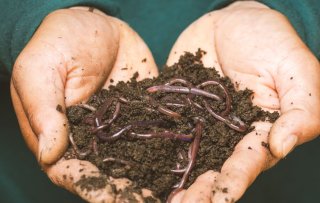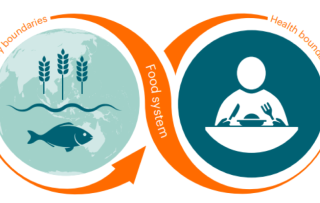Climate change is increasingly impacting how we produce food. A consequence of drought and rising sea levels is that the earth’s soil is becoming more salty. This phenomenon is referred to as salinization, and creates a threat to agriculture. Yet there is hope with the use of saline agriculture. Worldwide, much research is being conducted around the possibilities of farming in saline conditions. Food Inspiration took a look at both the opportunities and the benefits.
Salinization is one of the biggest threats to the agricultural sector worldwide. Due to the effects of climate change (rising sea levels, extreme weather, and higher temperatures) agricultural areas in coastal areas are flooding more often. Intensive (ground) water use and subsidence can also lead to salinization. Many of the commercial crops consumed daily do not grow well in saline conditions. As soils become increasingly saline, there is less and less farmland suitable for growing food, all while the world population growth increases the demand for food. Combating salinization is also difficult, requiring large amounts of fresh water in a period where there is already a worldwide shortage of safe drinking water. As a result, agriculture will have to adapt by developing cultivation techniques that reduce the consumption of fresh water and learn how to grow crops in saline conditions.
Facts & figures
-
The United Nations Food and Agriculture Organization (FAO) estimates that 20% of all irrigated farmland is affected by salt. The economic damage in terms of reduced harvests due to salinization is estimated at 31 million USD per year. (source: FAO).
-
Soil salinization takes up to 1.5 million hectares of farmland out of production every year. (source FAO).
-
According to the 2018 UN Synthesis Report on Water and Health, agriculture consumes nearly 70% of the globally available fresh water. At the same time, more than 2.1 billion people lack access to safe drinking water. (source: salineagricultureworldwide.com).
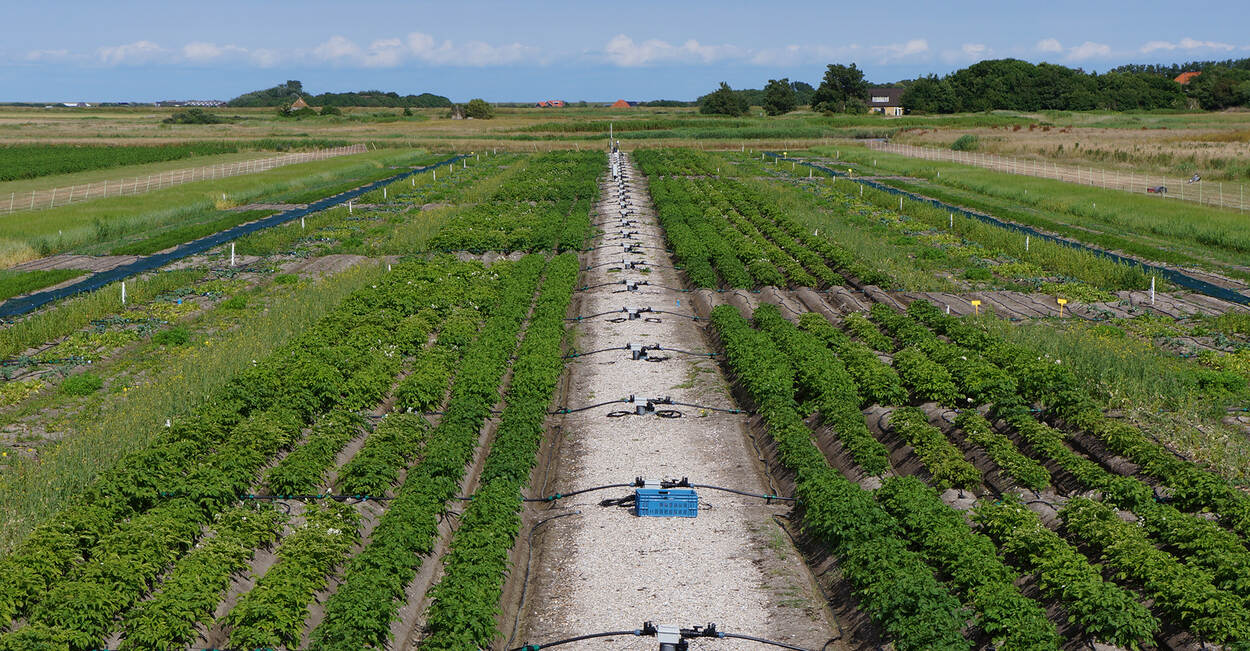
A smart solution
Saline agriculture produces food on saline soils and in areas where fresh water is scarce. In addition to fresh water, brackish water or even seawater is used to irrigate crops. It was long thought that once salinated, soils were unusable for agriculture. But research has shown that it is absolutely possible to grow crops on saline soils. Cultivation success depends in part on planting the right ’salt-loving’ crops, using specific irrigation methods, water management and fertilization.
Salinization is increasing globally, but each regional situation is unique. In some cases, seawater flooding is the cause of salinization. In others, it is underground seepage or the interaction between precipitation and groundwater levels. To successfully engage in saline agriculture, it is important to take into account the unique local conditions of soil, water and climate. Thus, there is no one method that works everywhere.
Saline agriculture offers opportunities to:
-
Grow crops year-round (in both dry and wet seasons)
-
Use brackish water and even seawater for irrigation
-
Increase productivity of saline farmland
-
Re-use land that has been written off as farmland due to salinization
-
Secure income security for farmers facing declining harvests due to salinization
Destroying the salt tolerance of plants
Historical and archaeological research demonstrates that many crops were once able to grow better in moderately saline conditions. Sugar beets, for example, did well on saline coastal salt marshes. But over the past 100 years, plants have been increasingly manipulated to produce as much sugar as quickly as possible, making them less able to withstand saline conditions.
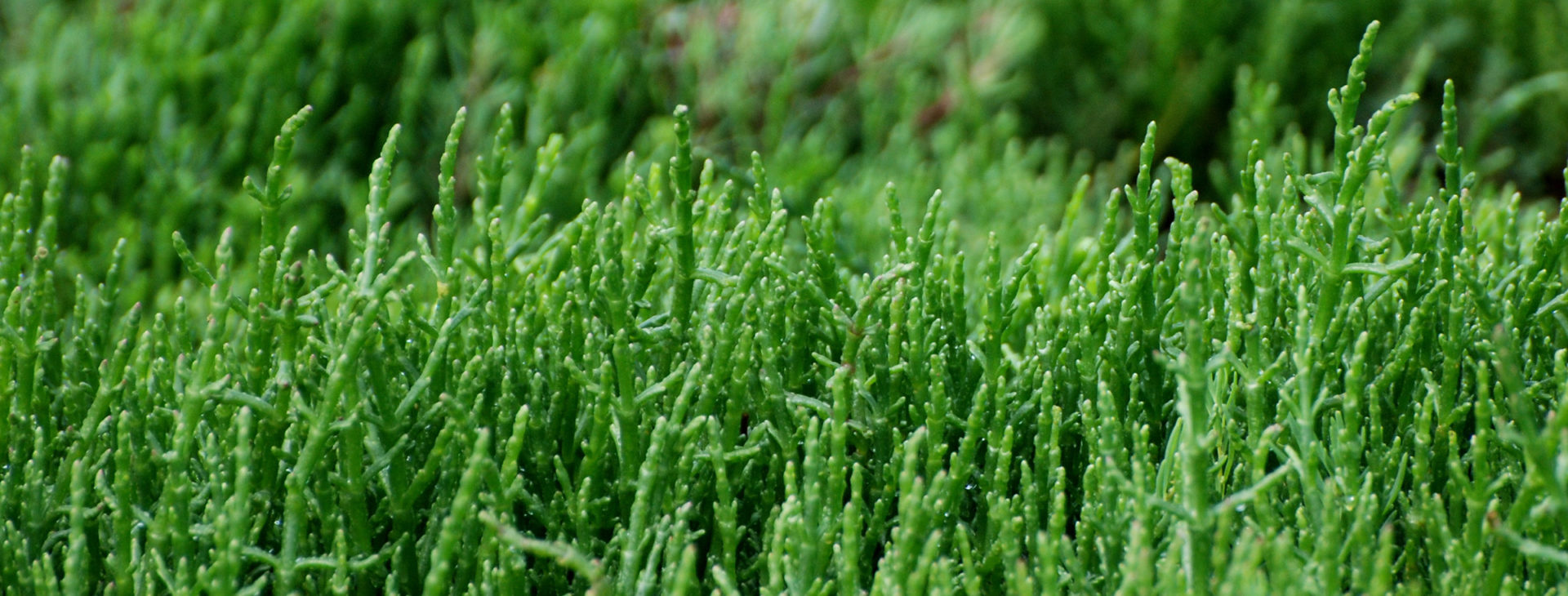
Successful saline agriculture is only possible with crops that can grow with brackish groundwater, brackish irrigation water or salty spray from the sea. Roughly speaking, plants can be divided into two groups:
-
Halophytes: vegetation that depends on saline conditions. These are plants that cannot survive in fresh water. This includes familiar saline crops, like sea lavender, samphire or sea banana, which are regularly on menus in coastal areas and are picked wild by some chefs. These crops are perfect for saline agriculture; only 2% of all ’land plants’ fall into this category.
-
Glycophytes: plants that are generally 'intolerant' or (over)sensitive to salt. The vast majority of commercial food crops fall into this group. Glycophytes can often tolerate a little salt water, but it almost always has (serious) consequences for growth and yield.
For saline agriculture to make a significant contribution to food production on a global scale, it is important that additional crops are found or made suitable for saline agriculture. That is why scientists are conducting significant research in this very area, particularly with potatoes, quinoa, carrots and tomatoes. Meanwhile, during thousands of trials, farmers and scientists have already found several varieties that lend themselves to cultivation under saline conditions. The Dutch Salt Farm Foundation, based on Texel, is doing important pioneering work here.
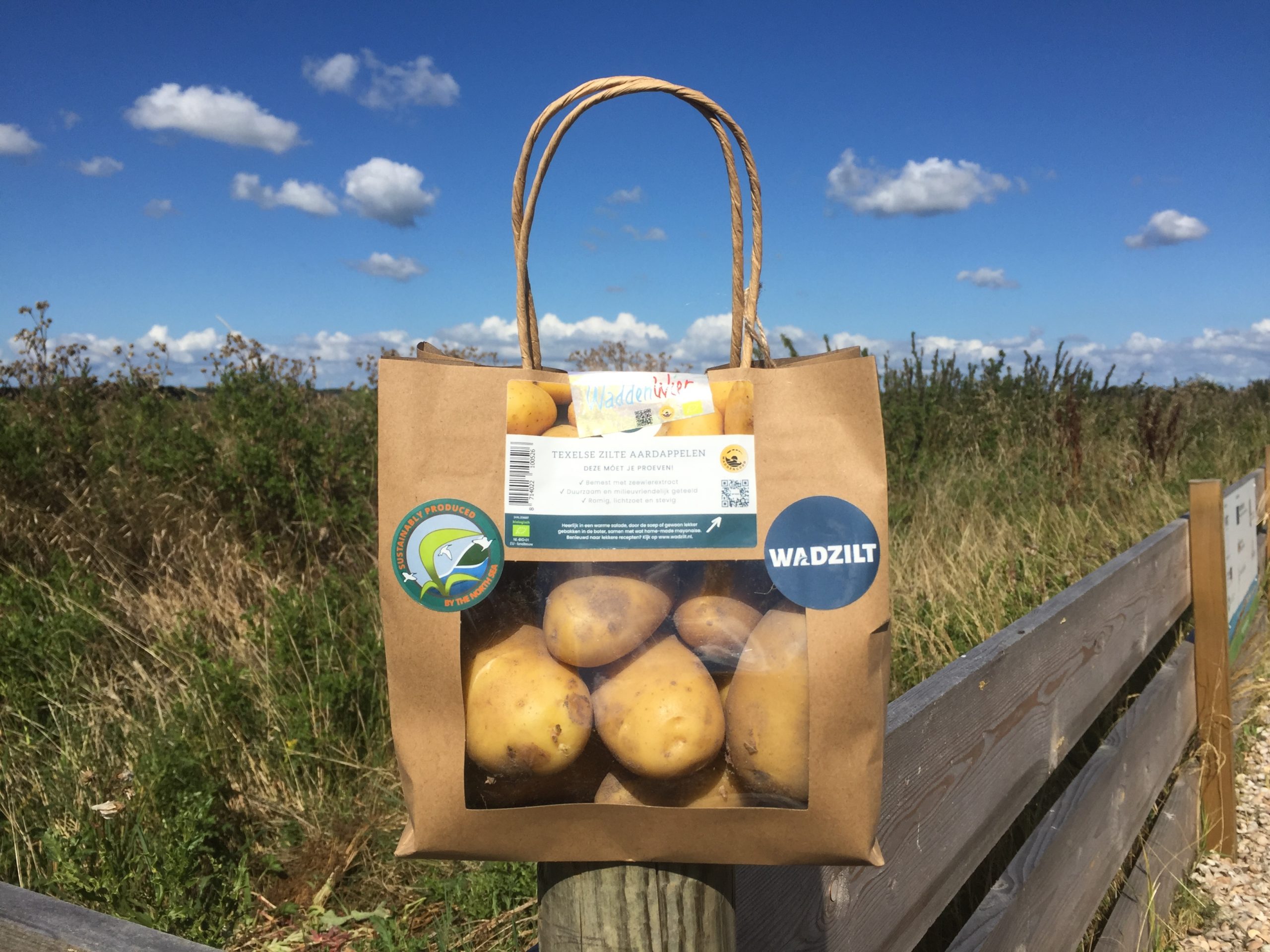
Six food service opportunities
Saline agriculture doesn’t just help make food production more sustainable in the long run. It also offers opportunities for chefs, entrepreneurs and product developers in foodservice.
1. New is interesting
For restaurants, salty vegetables are an interesting ’new’ product category. Saline crops are increasingly available at wholesalers and through specialized suppliers; think of sea aster, glasswort, beach beet, ice herb, sea fennel, milfoil, New Zealand spinach, sea banana, oyster leaf, monk's beard or salt marsh. Rising demand can also increase supply. Several varieties of salty potatoes are now on the market, each with its own cooking and baking properties. It’s only a matter of time before the first salty tomatoes and salty carrots are available.
2. Local & sustainable
Saline agriculture can repurpose depreciated farmland, so it’s important for farmers to have a sufficient market for their saline crops. Chefs can be an important driver in this, introducing consumers to these flavors and ingredients. This is especially for restaurants in coastal regions, where the step to salty crops on the menu is a natural one. This route also promotes a shortened supply chain and a healthy local economy.
3. Salty = sweet
Concerns that saline crops could taste overly salty may be unwarranted. Research shows that crops grown on saline soil have a different taste, compared to the same crop grown on ’regular’ soil. Often, the taste is actually a little sweeter, particularly for carrots and tomatoes. Traditional dishes prepared with saline-grown varieties can provide new unexpected flavor combinations.
4. Adding less salt
Crops grown in salty soil logically contain a little more salt. When eaten in ’normal’ quantities, it has not proven to be concerning. After all, salt is an indispensable part of our diet. In addition, edible salt-loving plants also provide other nutrients, like antioxidants, vitamins and minerals. Those who incorporate saline-grown vegetables into their menu may be able to get by with less table salt in the cooking process. Another interesting option might be to spin a powder from salty vegetables and use it as a substitute for table salt. It’s all food for thought and culinary experimentation!
5. Flavor component for product innovation
Saline-grown crops can also be incorporated by food producers as ingredients in innovative products. For example, samphire powder can be used to improve the nutrient density, texture and sensory characteristics of processed meat. As a result, salt can be partially replaced. Samphire has also been tested as a replacement for salt in crackers. The application of saline crops in industry is still in its infancy.
6. Preservative for seafood
Another promising application of saline crops (halophytes) is in the preservation of seafood. Melanosis is a common challenge where, over time, black spots appear on seafood and the quality decreases. A recent study shows that salt-tolerant plants can inhibit the discoloration process. These findings demonstrate that halophytes give better results than the current preservation method used in the industry.
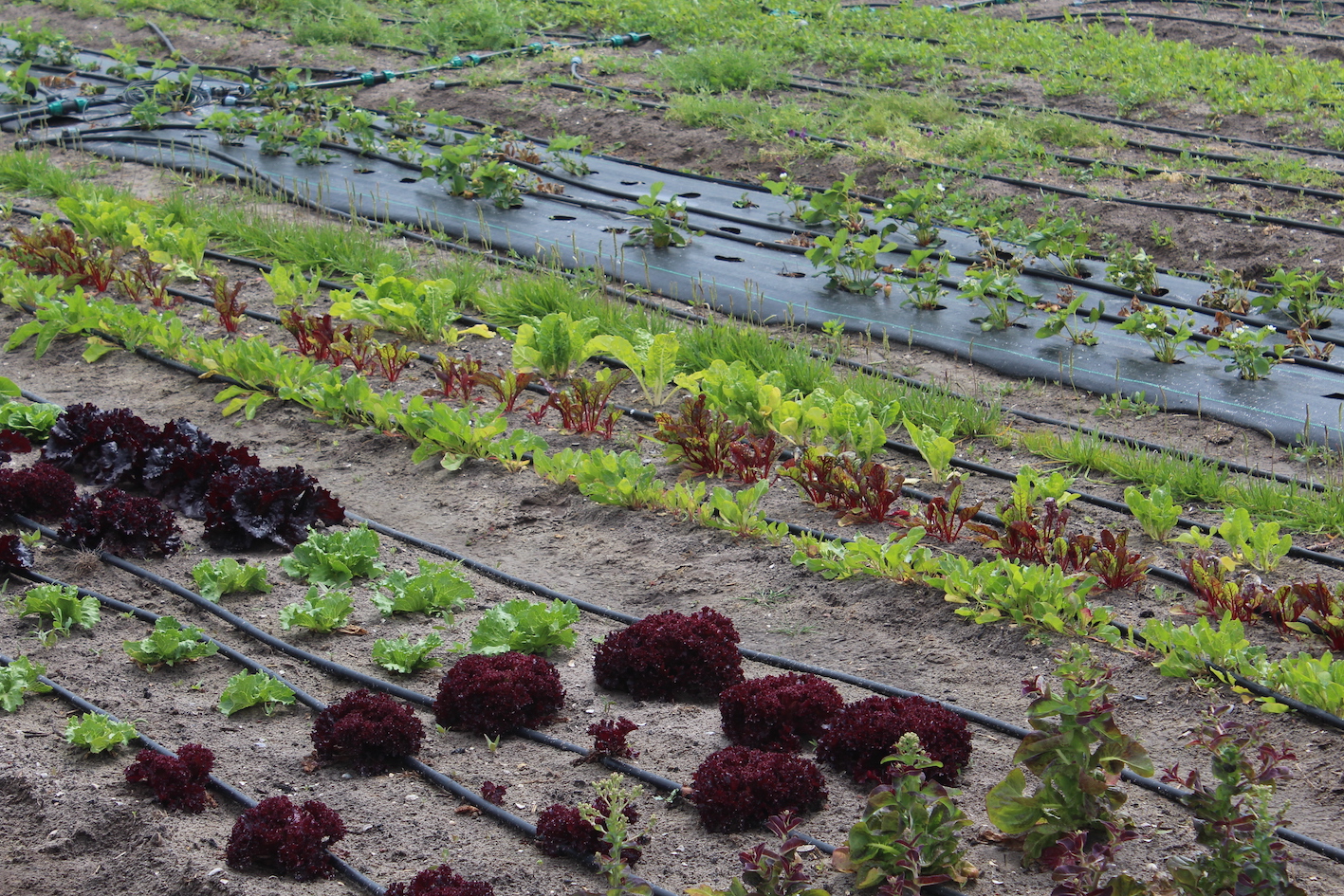
Three projects to watch
For those who want to delve further into the subject, here are three interesting projects:
SALAD
SALAD - acronym for Saline AgricuLture for ADaptation - is a transcontinental, ongoing scientific research project on saline agriculture. SALAD aims to promote the use of innovative technology and improve climate resilience. Frederik Ampe, communications manager of the Flemish Institute for Agriculture, Fisheries and Food Research explains, "The goal is to increase the resilience of food production from saline and potentially saline agricultural areas in the regions around the Mediterranean Sea and the North Sea."
Ampe: "Specifically, we are conducting research on four crops and varieties: potato, quinoa, tomato and New Zealand spinach. We want to find out how these plants grow under salt stress and how they adapt. For each plant, models are created that predict how plants react under different conditions, such as climatic influences or soil composition. This is done with laboratory experiments and ’in-pot’ experiments. This is followed by field research. We look at yield as well as crop quality and nutritional value. The big goal behind the project is to ultimately create projects on a large scale. Ultimately, we want to help scale up saline agriculture in Europe and Africa through knowledge transfer and implementation of practical climate-smart solutions."
Learn more: SALAD projectwebsite
Salt Farm Foundation
Salt Farm Foundation is a Dutch non-profit organization founded in 2018 by agricultural pioneer Marc van Rijsselberghe, with the goal of sharing all the knowledge and solutions gained about saline agriculture with small-scale farmers worldwide. Together with scientists from various universities, Van Rijsselberghe has been researching agricultural production on saline soils for nearly two decades. From 2012 to 2019, experiments and research on saline agriculture were conducted in the Netherlands at Salt Farm Texel - the foundation's commercial sister farm. At the experimental farm, trials were conducted with eight hundred varieties of 50 crops. This has produced a great deal of knowledge about the salt tolerance of different varieties. The foundation is working to make all available information accessible through a digital international knowledge center.
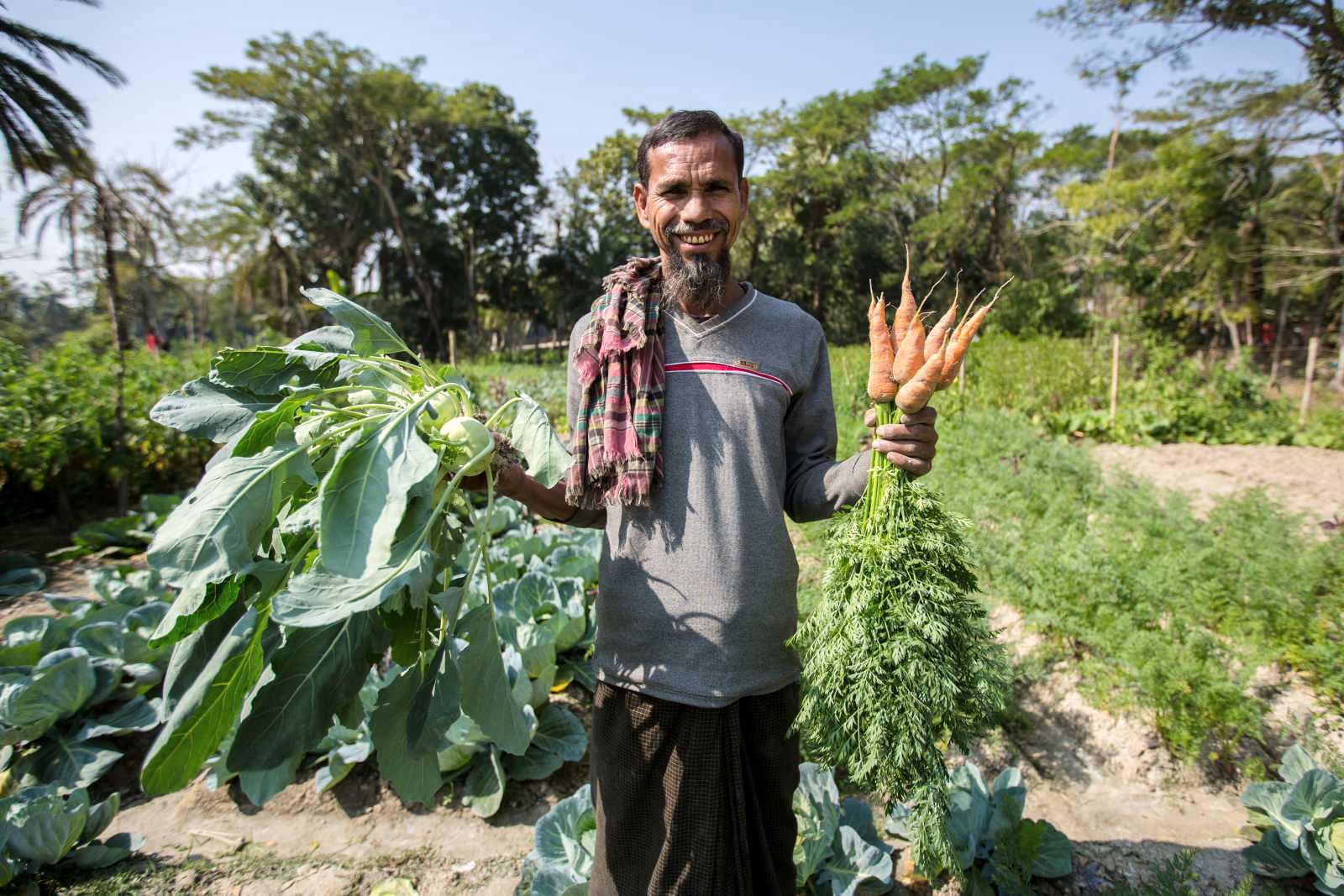
At the Salt Farm Texel (completed in 2019), but also, for example, at demonstration fields in Pakistan and Bangladesh, tests have been conducted with many hundreds of crops, ranging from onion to millet to potatoes and strawberries. Tests were conducted with seeds and seedlings from Dutch breeding companies, but also with local varieties. By far, most varieties didn’t pass the tests, but the varieties that remained are those that can give a salinated agricultural business perspective. For example, in Pakistan, the cultivation of salt-tolerant potato varieties succeeded in almost tripling the average production on saline soils (from 12 to 35 tons per hectare). A project is also underway in the saline delta of Bangladesh, where approximately five thousand small farmers are growing carrot, cabbage and potato varieties that can cope with the salt in the soil.
Learn more: website Salt Farm Foundation
Zeker Zilt
The Zeker Zilt project examines future business models for farmers in saline conditions. The yield of a salinated field is lower, but whether the use of seaweed as fertilizer can improve the taste of crops and thus provide added value for the farmer is being examined. In several places in the Blauwe Polder on Texel, experimental fields will be created where organic seaweed can be used as fertilizer to grow potatoes and carrots. Previous small-scale research has shown that seaweed leads to higher yields and better quality. The field trials should show whether this is actually the case. The goal is to give farmers the tools so they can grow crops sustainably on saline or saline soil.
Learn more: website Zeker Zilt
Salinization is not a new problem
Indeed, it is an age-old problem. Pim van Tongeren, a PhD candidate in Saline Agriculture affiliated with VU University Amsterdam's Institute for Environmental Issues, puts the current problem in historical perspective. "We can learn a lot from history. Over the centuries, salinization has had a significant impact on the way agriculture was practiced. Agricultural communities have had to constantly innovate over the centuries to combat climate challenges. For example, by developing sophisticated irrigation systems and introducing new farming practices to grow their crops. It shows how important it is to respond to challenges in agriculture and soil salinization to maintain and improve food production."
"Farmers in Mesopotamia (the region of present-day Iraq) were already using irrigation agriculture 3,000 years before Christ. In doing so, they turned the region into one of the most fertile areas in the world. They dug reservoirs and canals to bring water from the Tigris and Euphrates rivers to their fields to increase yields. It enabled the growth of crops such as wheat, barley and lentils. But there were also side effects. Quite a few scholars believe that over-irrigation eventually caused the soil to become so salty that it contributed to the downfall of the Mesopotamians. It is thought that around 1200 AD, a similar situation prompted the large-scale climate migration of the agricultural community from the Viru Valley in Peru. This may foreshadow what will happen to our agricultural systems if we are not mindful of our soil and water."
This article was created with help from relevant expert input from:
Pim van Tongeren - PhD candidate in Saline Agriculture and affiliated with the Institute for Environmental Studies at the Vrije Universiteit Amsterdam
Frederik Ampe - Communication expert at the Flanders Research Institute for Agriculture, Fisheries and Food in Belgium
.jpg-28x28.jpg) Written by
Written by 